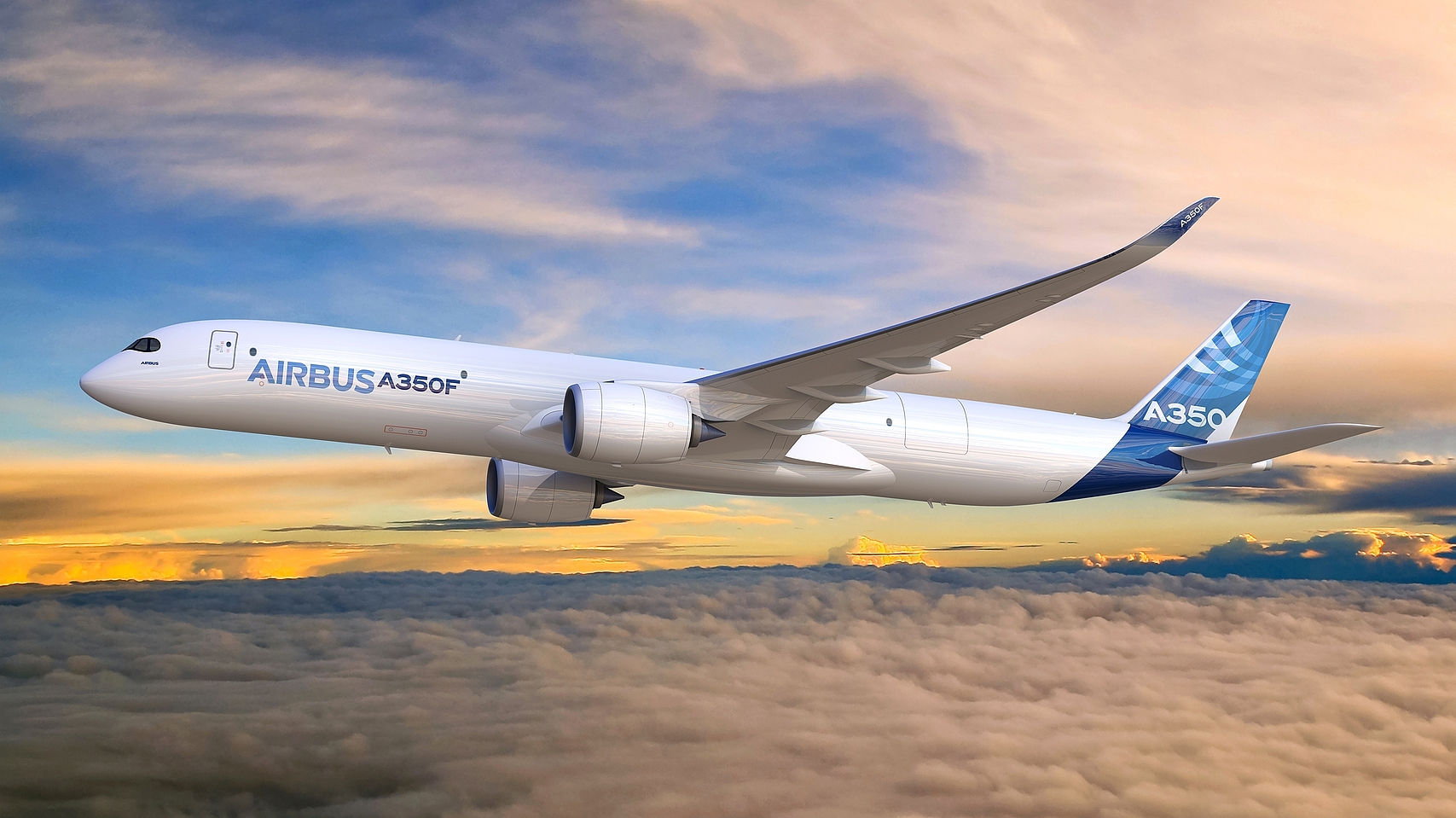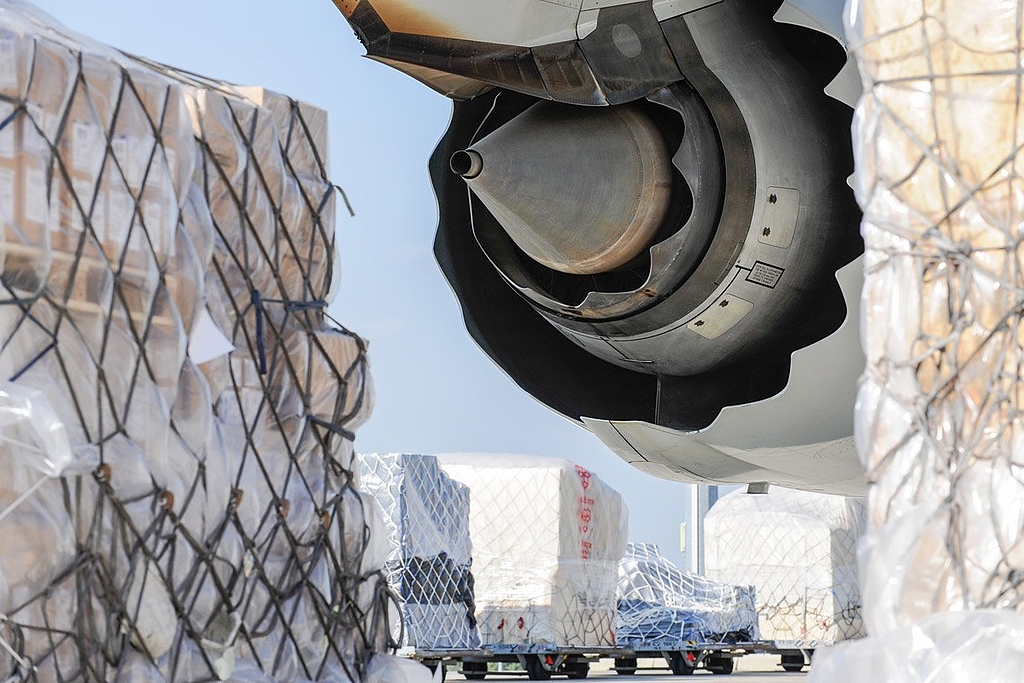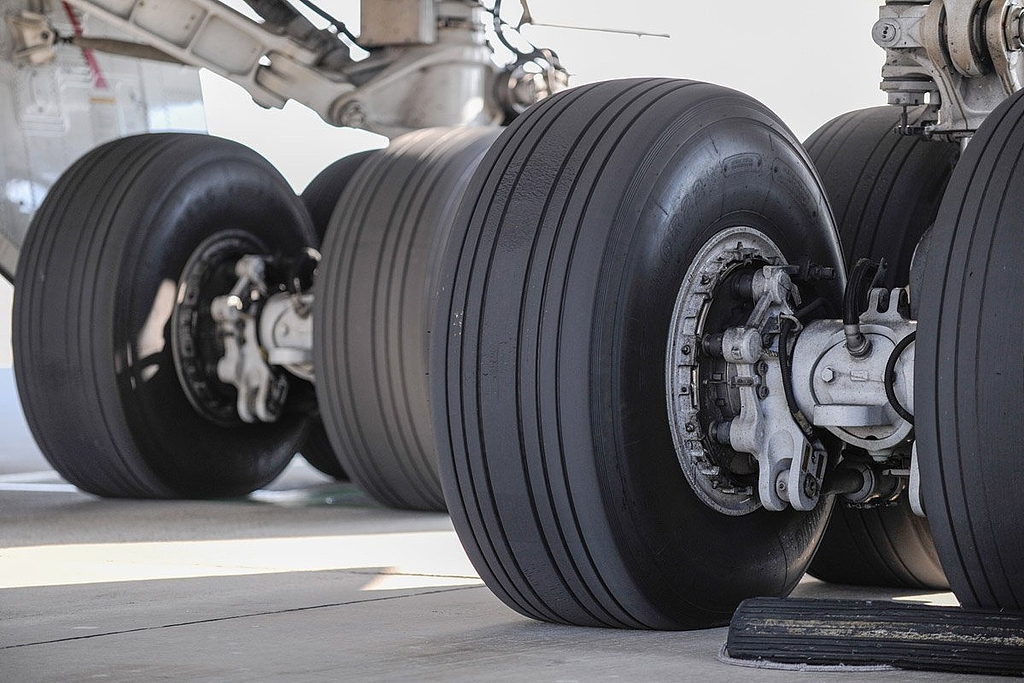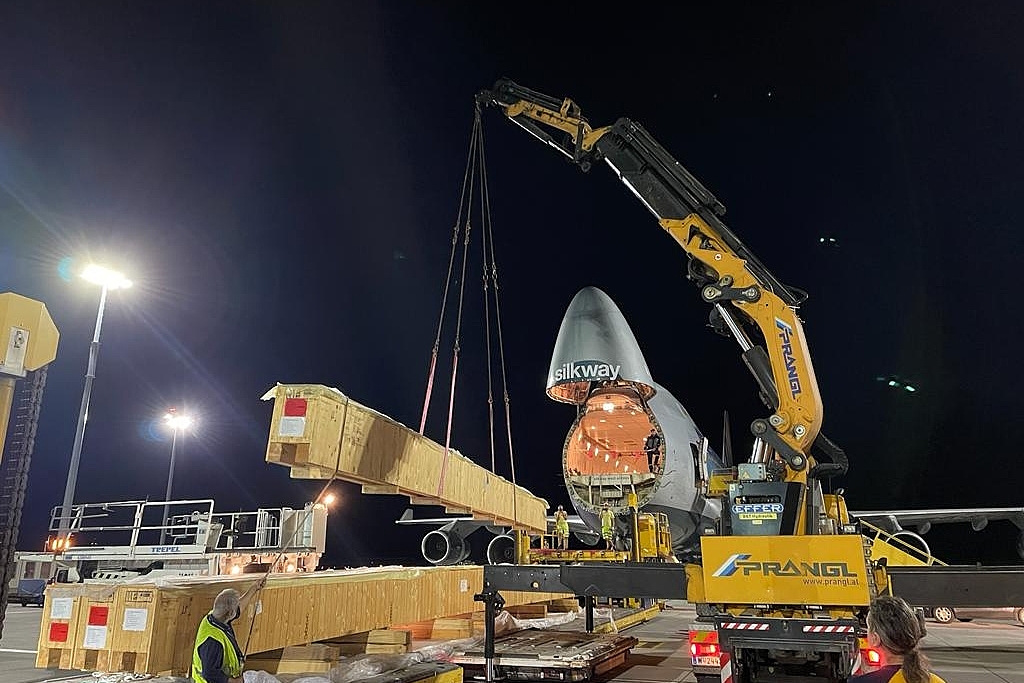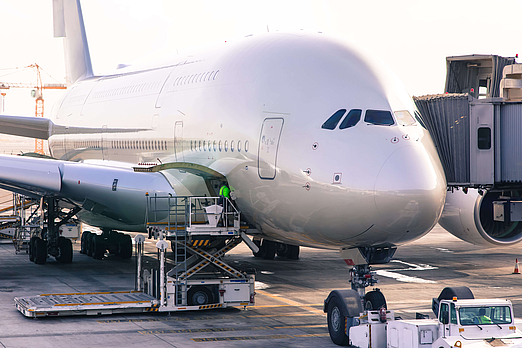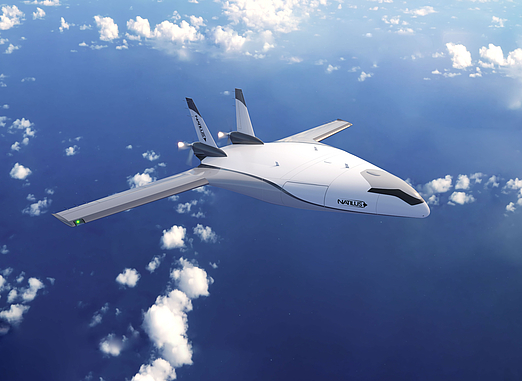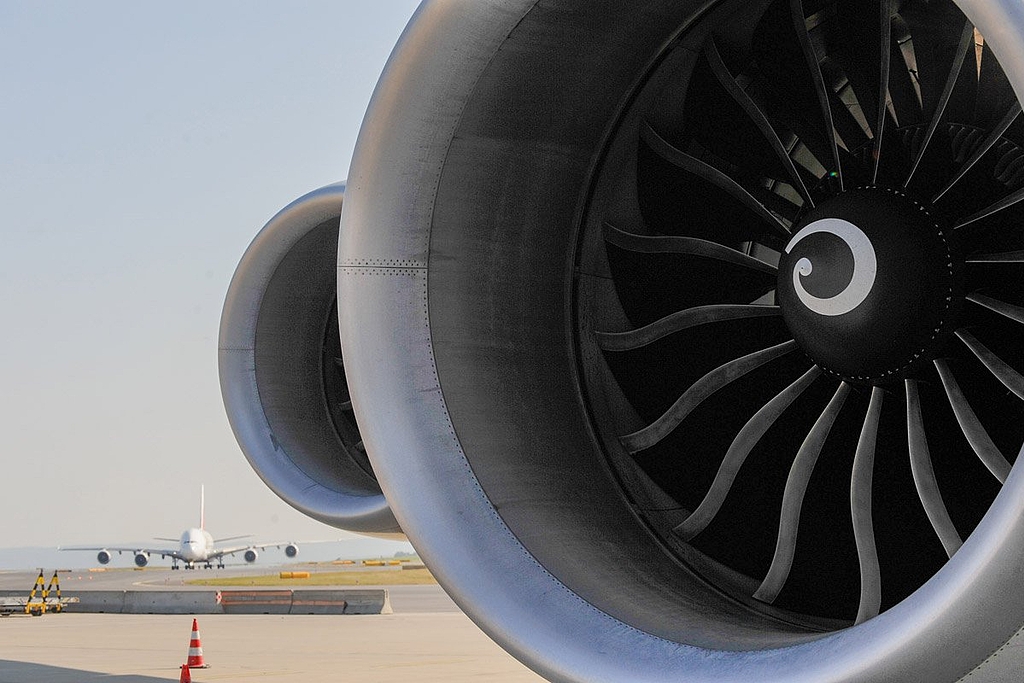Will the long-range wide-body freighter from Europe come right on time?
Airbus’ promising workhorse: The A350F
- Facts
The European aircraft manufacturer Airbus has set itself an ambitious target: the company wants to achieve a market share of 40 to 60 percent in the freighter segment and thus break Boeing's market power. Up to now, Airbus has mainly relied on converting old passenger aircraft for its freighters. But what is the reason for the launch of this new freighter program, and how could the race between Airbus and Boeing develop in this particular field? We take a closer look at Airbus’ new freight workhorse, the current “freighter boom” and cautious concerns raised by industry insiders.
